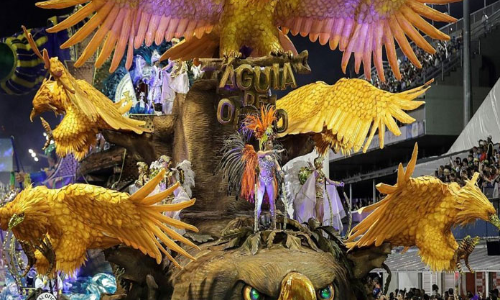Live
- Sri Aurobindo’s vision: Bridging the gap for holistic human evolution
- Sri Radha Govinda Ratha Yatra conducted
- A feast of music, dance and drama
- Mohan Babu denies absconding amid legal controversy
- Swift City to boost industrial growth in Bengaluru
- Allu Arjun walks out free after spending night in jail
- Congress harbours no grudge against any actor: TPCC chief
- Allu Arjun meets Upendra after release from prison, wishes for his ‘UI’ film
- Government Launches Uniform Diet Plan to Boost Student Health and Education
- Robust Security Arrangements for TSPSC Group-2 Exams in Jogulamba Gadwal
Just In

As a child, Tatsuo Sato was terrified when the Namahage demons roared into his northern Japanese house every year, but in adulthood he mourned as the centuriesold tradition faded awayThe kids disappeared, the young people disappeared We had to give it up, Sato, 78, said of the New Years Eve visits by men in horned masks and straw capes, all shouting Are there any bad kids here
As a child, Tatsuo Sato was terrified when the Namahage demons roared into his northern Japanese house every year, but in adulthood he mourned as the centuries-old tradition faded away.“The kids disappeared, the young people disappeared. We had to give it up," Sato, 78, said of the New Year's Eve visits by men in horned masks and straw capes, all shouting "Are there any bad kids here?"
UNESCO's registering Namahage as a cultural property late last year has given new life to the colourful tradition.But experts say the recognition, which included several similar traditions in which costumed "gods" visit villages, doesn't automatically guarantee survival. In some cases, it could even stifle changes that help keep the groups going, such as including outsiders or women.
“Within this UNESCO designation, there are several groups that I believe may not be able to continue - or not be able to continue in their present form,” said Satoru Hyoki, a professor of cultural history at Tokyo's Seijo University.Masukawa revived its traditional New Year's Eve ritual last year after 12 years, thanks partly to a group of young transplants to the area, whose population has dwindled to just 130 in the last two decades.
Oga had 120 Namahage troupes in 1989 but just 85 in 2015; that only young men were allowed to take part didn't help matters.Some hamlets have raised the age limit, while others welcomed young outsiders. One of those transplants, Haruki Ito, came up with the idea of inviting young men from around Japan to take part alongside the locals in Masukawa.
“If Namahage aren't young men, it's no good, everyone agrees," said Sato, who took his turn as a demon when he was younger. "Maybe if women did it we'd have enough people, but I don't think we have to go that far.” The festival, in which a parade of torch-bearing demons makes its way down a snow-covered mountain, swells Oga's population by nearly 30 percent as tourists pour in, hoping straw from the demons' capes - believed to be lucky - will fall near them during the smoky procession.
-Elaine Lies

© 2024 Hyderabad Media House Limited/The Hans India. All rights reserved. Powered by hocalwire.com







